P.S. Plz turn off hidden parts to see the skin. Also sry the thumbnail is so pixelated, I tried to get ChatGPT to polish it, but it turned out looking worse.
As of writing this the Demo count down says 01:12:16:23
Well hello there, Long time no see. I can explain. I've taken a break for a bit, because my phone doesn't work anymore, and I immediately lost all my energy once school started. I just wanted to get this out before the demo so yall could play it, but idk who’s device can possibly manage a 2k part plane casually. (Now that I look at the part count i should have added 4 parts. oops!) So without further ado, I present:
—B-29B-20BN SUPERFORTRESS—
Based off of solder289’s B-29B with XF-85
Wiki: “The Boeing B-29 Superfortress is a retired American four-engined propeller-driven heavy bomber, designed by Boeing and flown primarily by the United States during World War II and the Korean War. Named in allusion to its predecessor, the Boeing B-17 Flying Fortress, the Superfortress was designed for high-altitude strategic bombing, but also excelled in low-altitude night incendiary bombing, and in dropping naval mines to blockade Japan. Silverplate B-29s dropped the atomic bombs on Hiroshima and Nagasaki, the only aircraft ever to drop nuclear weapons in combat.
One of the largest aircraft of World War II, the B-29 was designed with state-of-the-art technology, which included a pressurized cabin, dual-wheeled tricycle landing gear, and an analog computer-controlled fire-control system that allowed one gunner and a fire-control officer to direct four remote machine gun turrets. The $3 billion cost of design and production (equivalent to $52 billion in 2024),[1] far exceeding the $1.9 billion cost of the Manhattan Project, made the B-29 program the most expensive of the war. The B-29 remained in service in various roles throughout the 1950s, being retired in the early 1960s after 3,970 had been built. A few were also used as flying television transmitters by the Stratovision company. The Royal Air Force flew the B-29 with the service name Washington from 1950 to 1954 when the jet-powered Canberra entered service.”
My B-29 includes:
-VR cockpit
-Relistic bucket seats
-Engener’s position
-Navigator’s position
-Realisticly modeled turrets
-Acurate amount of 500lbs bombs (40x)
-Armored glass for pilot/aircraft commander
-Fans to combat Pacific humidity
-Rear gunner’s pos. and turret
-Modeled fuel tanks
-Sh-t turret code (I'll get around to fixing it by 2030)
-2k parts
I made this craft on High Physics, so use that. The turret code still sucks, but I'll get around to fixing it by like 2030 or smn idk. I'm pretty sure this destroyed my iPhone SE, and was made exclusively on mobile, so it is not mobile friendly. Pictures will come in the description at some point in the next week or so, but I'm tired, so bye ig :)
Specifications
Spotlights
- X99STRIKER one month ago
General Characteristics
- Predecessor B-29B-20-BN WIP
- Created On Windows
- Wingspan 140.7ft (42.9m)
- Length 98.9ft (30.2m)
- Height 32.0ft (9.8m)
- Empty Weight 55,966lbs (25,385kg)
- Loaded Weight 134,244lbs (60,892kg)
Performance
- Horse Power/Weight Ratio 0.09
- Wing Loading 40.1lbs/ft2 (195.9kg/m2)
- Wing Area 3,345.1ft2 (310.8m2)
- Drag Points 9383
Parts
- Number of Parts 1940
- Control Surfaces 3
- Performance Cost 9,114

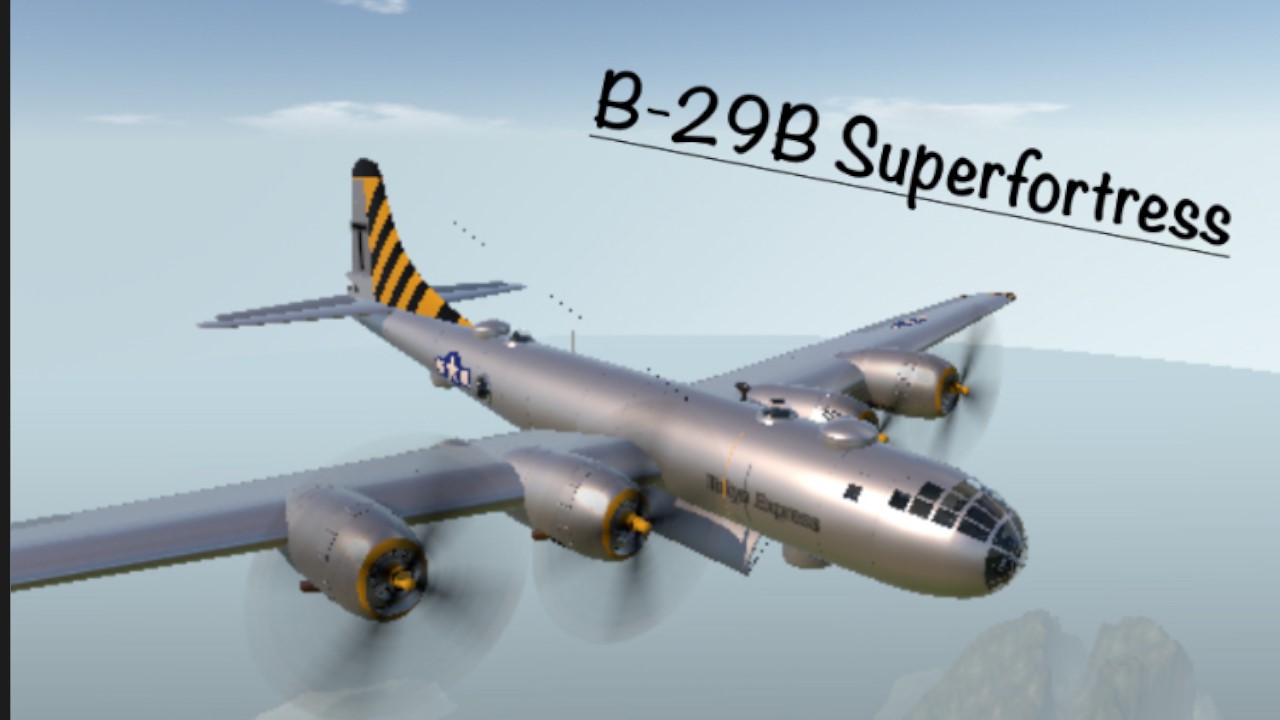
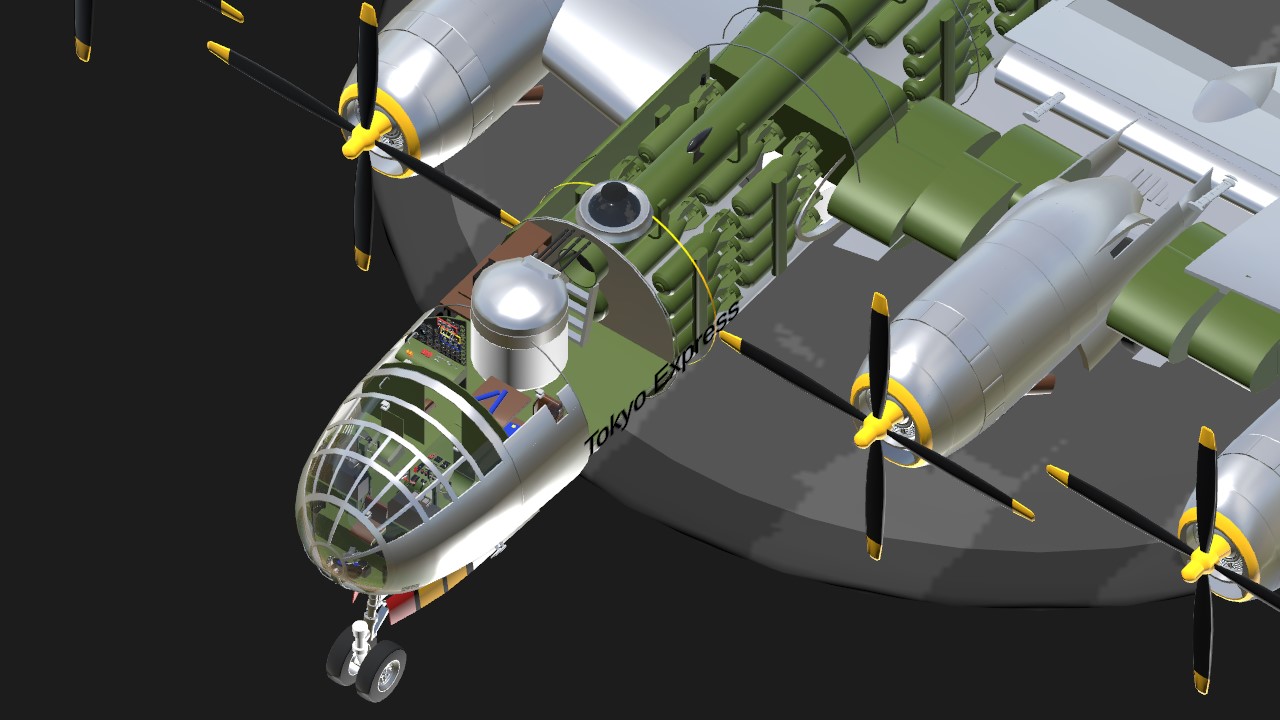
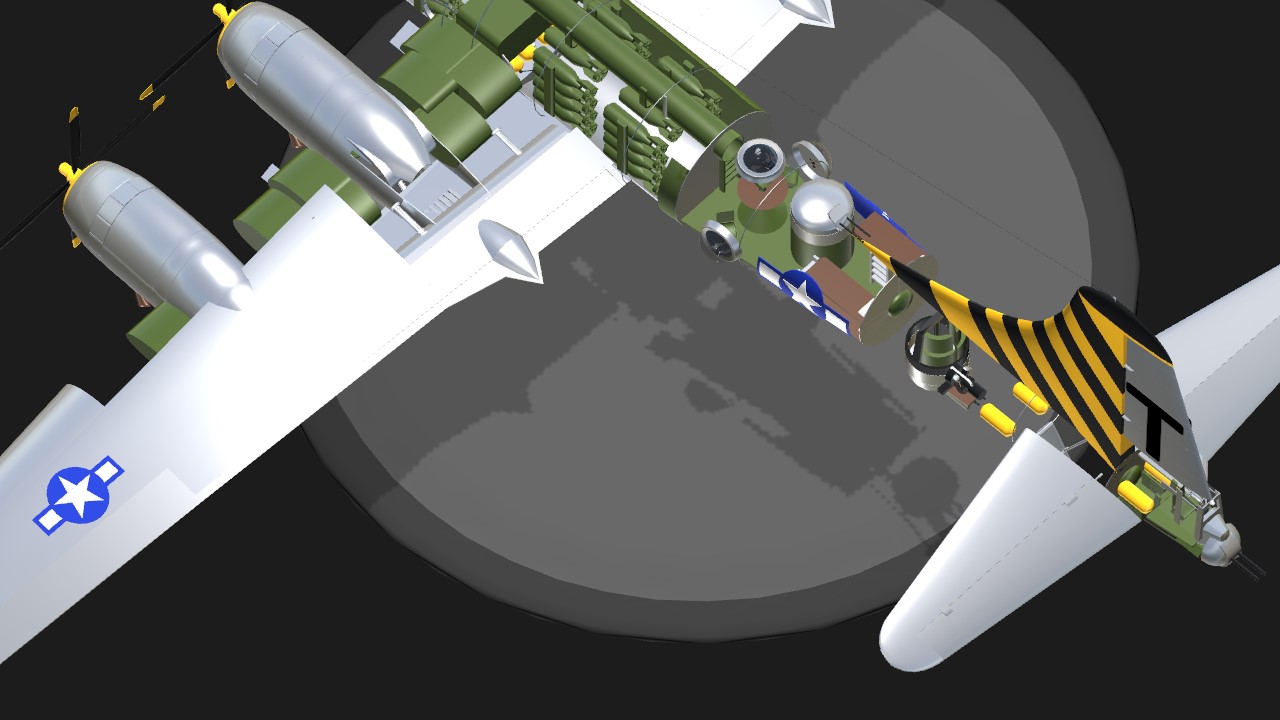
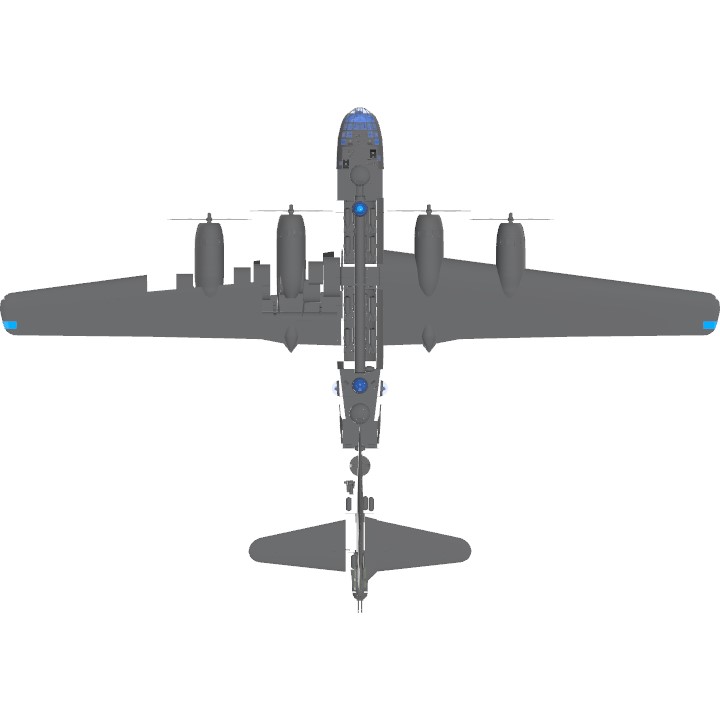
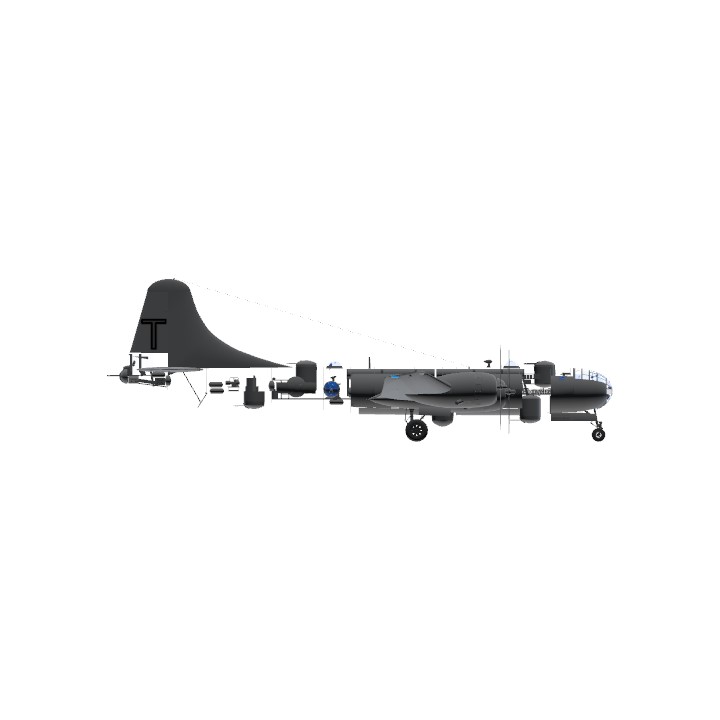
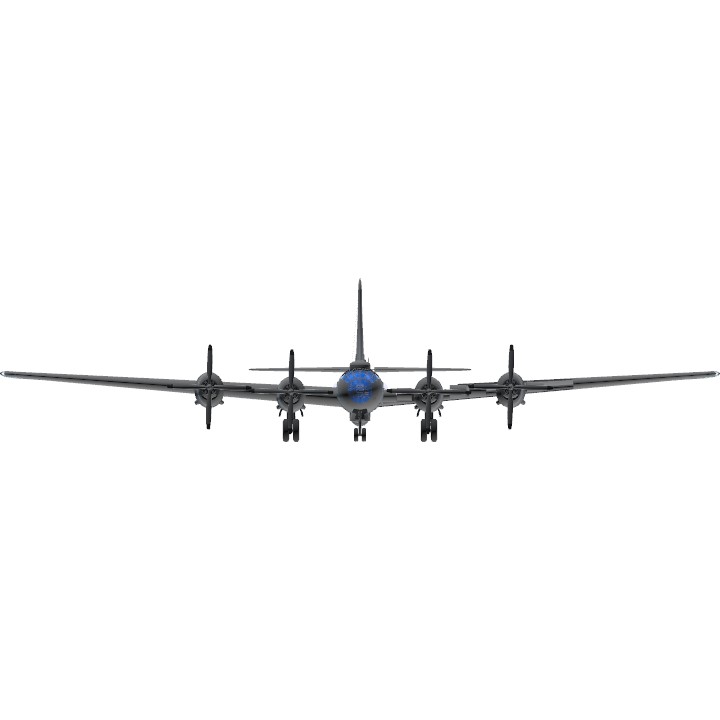
@SchmooveBrain
@BOSSentinel
@AviationLoverGEEK444
(Tag list)
@X99STRIKER
@YarisHatchback
@SPWithLizzie
(Tag list 2)
What a masterpiece! Anyways my focus on my post now is for ships
nice plane!